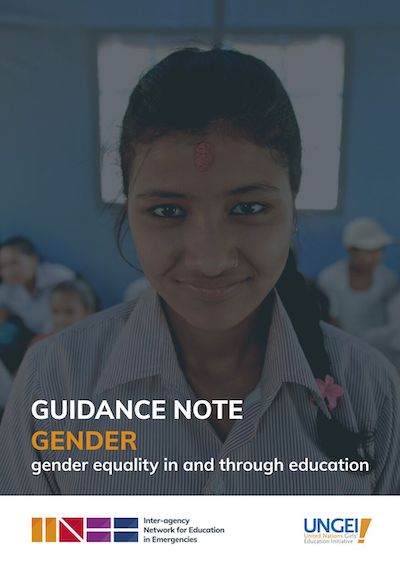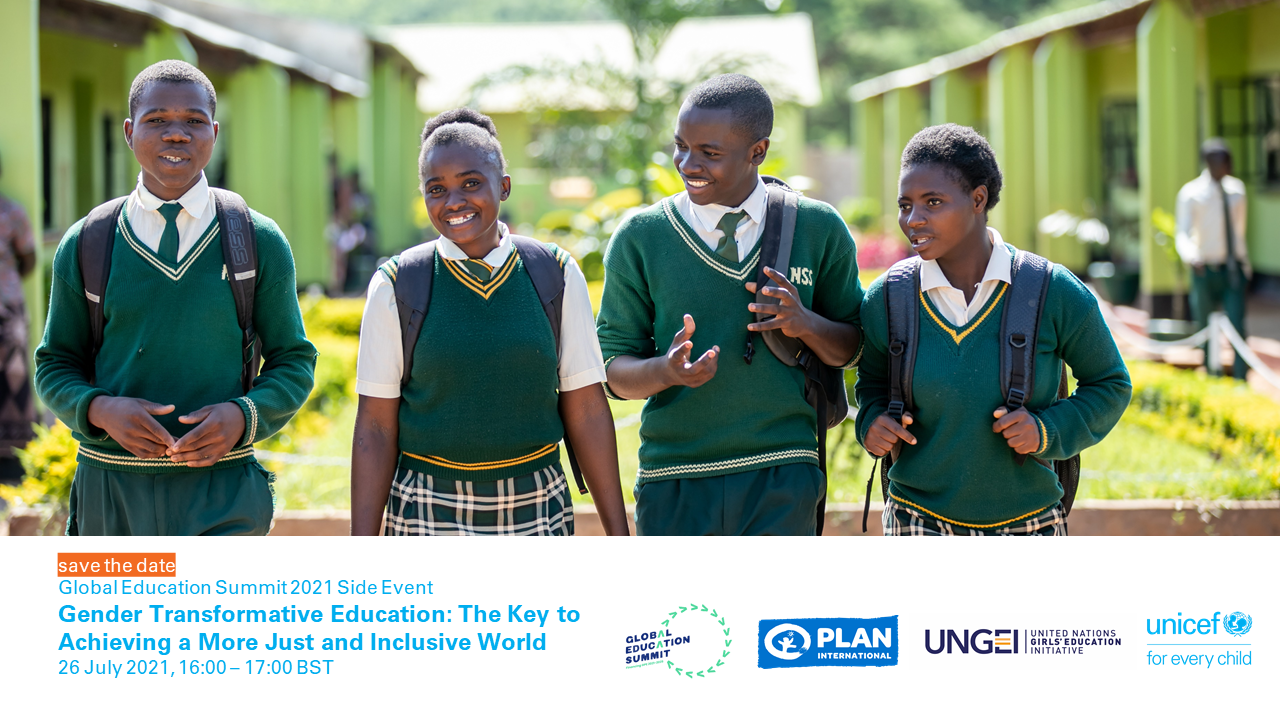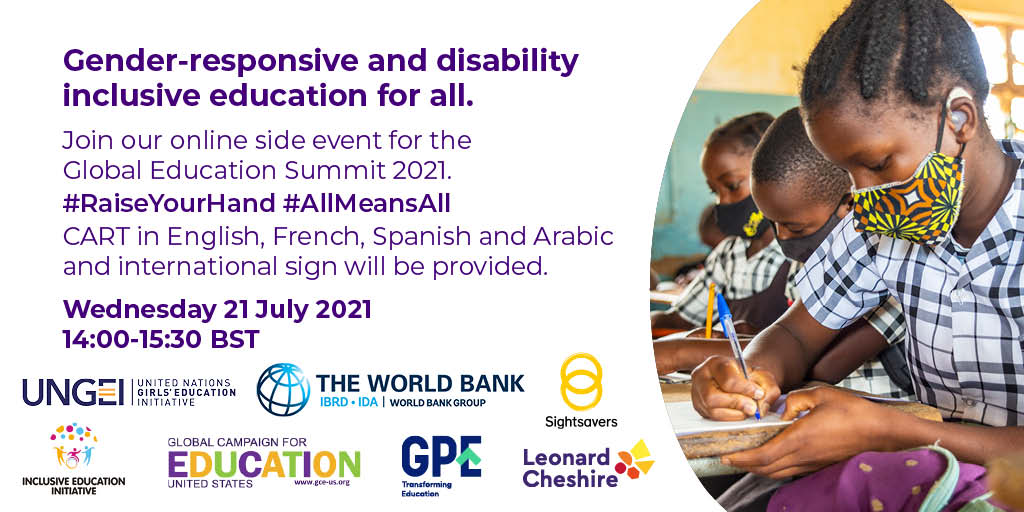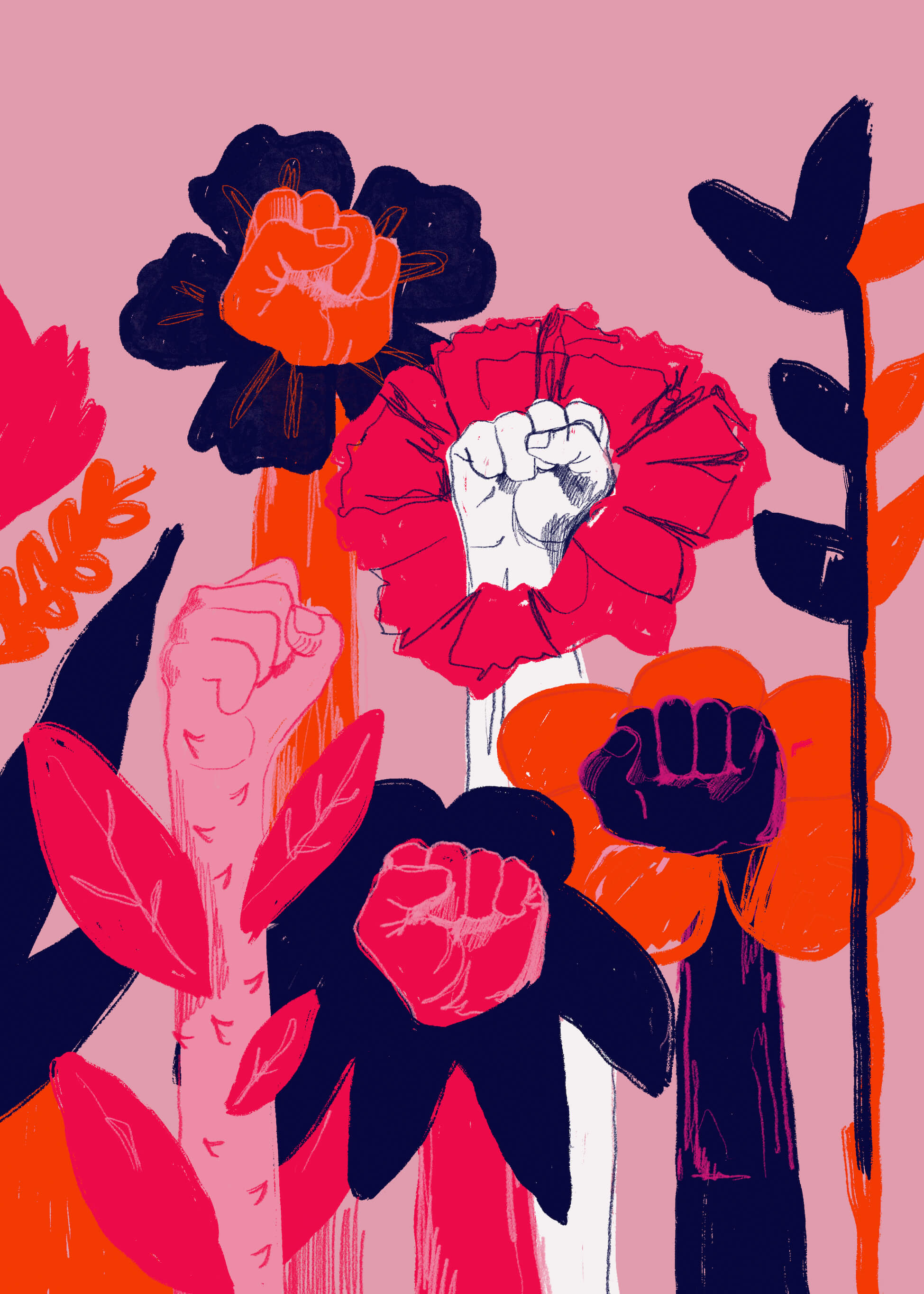Conflict and crises have a devastating impact on young people’s education. Girls and boys are affected differently in emergencies to the extent that gender can determine whether a young person goes to school, stays in school and how they progress as a learner.
Education is a basic right for everyone. With the launch of the Sustainable Development Goals (SDGs) in 2015, the international community reaffirmed its commitment to providing inclusive and equitable quality education for all, as well as achieving gender equality and the empowerment of all women and girls. The SDGs emphasise the need to “leave no one behind” by focusing on those furthest behind first, such as those affected by crisis.
So, from a practical point of view, how can we ensure that no one is left behind? How can we make sure that education is responsive to the needs of every girl and boy?
Since 2010, the INEE Gender Pocket Guide has been the leading authority on how to ensure the needs of girls and boys are addressed in the design and delivery of education in the context of conflict and crisis. It has provided NGO workers, policy makers, governments and donors with concrete and practical ideas for how to promote gender equality in and through education, and to make sure that everyone’s needs are met.

Now, almost ten years after the INEE Gender Pocket Guide was first launched, the landscape has shifted. Crises are becoming more protracted, and development and humanitarian actors are coming together in a more coordinated way to respond to complex challenges and identify more sustainable solutions. And while important progress has been made in ensuring equal access to education, many girls and boys in crisis are still denied their right to education.
In response to the changing landscape and the continued need, the INEE Gender Task Team, led by UNGEI, is releasing a new and updated version of the Guide. The INEE Guidance Note on Gender responds to the new landscape and builds on the Gender Pocket Guide sharing current lessons learned and experience from a range of partners.
So, why should you read the new INEE Guidance Note on Gender?
The Guidance Note is designed to equip policymakers, practitioners, researchers, and civil society organisations to deliver education that is relevant to the needs of girls and boys. Reflecting the INEE Minimum Standards for Education, the new guidance provides persons involved in education in crisis contexts with:
- Strategies to ensure that girls, boys, women, and men in contexts of conflict and crisis equally enjoy the protection and learning outcomes that quality education can provide.
- Principles for gender-responsive programming that align with the minimum standards for education in emergencies.
- Illustrations of how attention to gender dynamics and social constraints will result in better education for all crisis-affected populations and help build inclusive, equitable education systems for the future.
- Practical examples of good practices implemented by key actors in the field of education in emergencies.
The new INEE Guidance Note on Gender can be accessed here. We encourage the education community to use this resource in their efforts to break barriers that prevent too many girls and boys in situations of crisis and conflict from accessing the education they need.


